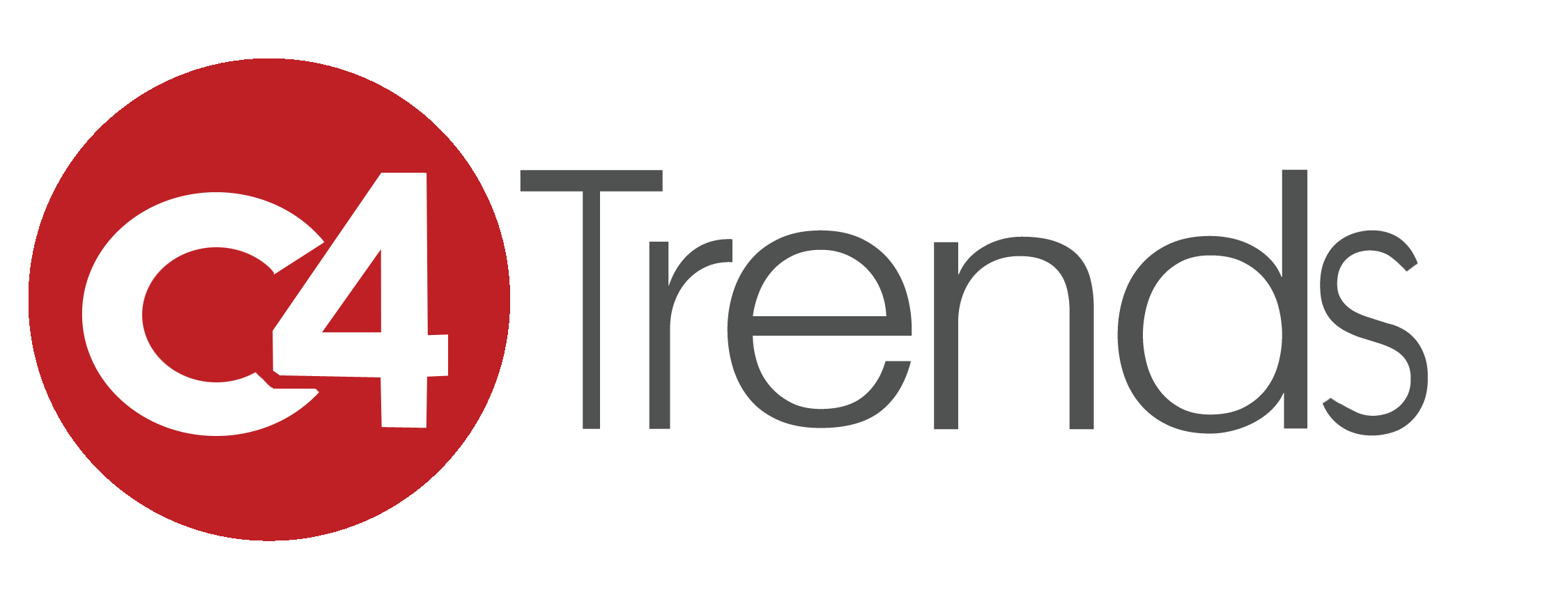Imagine getting around New York City, and instead of using Uber or Lyft, you could avoid traffic congestion by hailing a flying taxi, soaring above the traffic. This scenario is moving out of science fiction and closer to reality, as we saw at CES 2019 with the Bell Nexus, a cross between a drone and helicopter.
The drone industry is moving beyond novelty and into industry adoption with greater functionality, scale production and applications. Adoption of aerial drones and drone technology will monitor agricultural operations, oil and gas inspection, and be used in industries such as insurance, utilities, telecommunications, construction and survey engineering.
Drones are also used for search and rescue, disaster management and the delivery of medical supplies. Companies like Zipline International, which runs a medical drone operation in Rwanda and Ghana, is delivering blood, drugs and vaccines to remote areas. Aeryon Labs’ Skyranger Drones are being deployed after hurricanes or fires by executing autonomous aerial searches to deliver live drone data for first responders.
Drone technological developments are also focused on flight endurance for expanded commercial applications, improved battery life/power, as well as more energy efficient machines. A 2018 article in Nature Communications concluded that drones like a DJI Phantom would generate less carbon emissions than a delivery truck — even one that’s electric — for short distances and deliveries of packages of under 1.1 pounds.
In his CES 2019 keynote, Verizon CEO Hans Vestberg said 5G will transform technology, including commercial drones. He introduced Mariah Scott, president of enterprise drone software developer Skyward, who noted Verizon’s commitment to be the first to connect one million drone flights on its 5G network. Verizon acquired Skyward in 2017.
Technology such as new imaging sensor integration including smaller, more lightweight LiDAR, and the entry of more aerial imaging, geofencing, computer vision, tracking and GIS data integration is expected this year. 2019 might just unleash a new era in transportation, delivery and safety.
Drones at CES 2019
- The Bell Nexus, a flying taxi captivated CES 2019 attendees. Bell is partnering with Uber Elevate to use the Nexus for its flying taxi service Uber Air, scheduled to launch in Dallas-Fort Worth and Los Angeles, starting by 2023. Nexus weighs 6,500 pounds and has a range of 150 miles, with speeds reaching up to 150 mph. This full-scaled, six-rotor vehicle can take off and land vertically and uses hybrid-electric propulsion to power efficient air travel. Bell says the craft will initially be piloted, but like a self-driving automobile, may eventually operate by itself.
- DJI announced AirSense, a feature in the DJI Pilot application that displays warnings to its Mavic 2 Enterprise or Matrice 200 Series pilots when a signal from a nearby airplane or helicopter is detected. FLIR and DJI also announced a new partnership. The Mavic 2 Enterprise Dual is equipped with the smallest, dual-sensor, 4k and thermal micro-camera from FLIR. DJI also introduced a powerful, smart remote controller with built-in full HD resolution monitor, compatible with its newest imaging drones: the Mavic 2 Zoom and Mavic 2 Pro.
- Sunflower Labs Home Security Drone is a home security system that includes an autonomous camera drone called Bee. Sunflower sensors learn your property’s routine and alert the user to any unusual activity. If the security system detects something amiss, it sends Bee to the scene to capture precisely what’s happening. Bee then returns to its Hive — the self-charging, weatherproof home for the drone.
- The PowerVision Marine Drone is a new lifestyle robot for water sports, photography and fishing and can help scientists explore marine life. Equipped with an intelligent sonar device and GPS waypoint function, drawing underwater topographic maps is a first in the marine drone industry.

